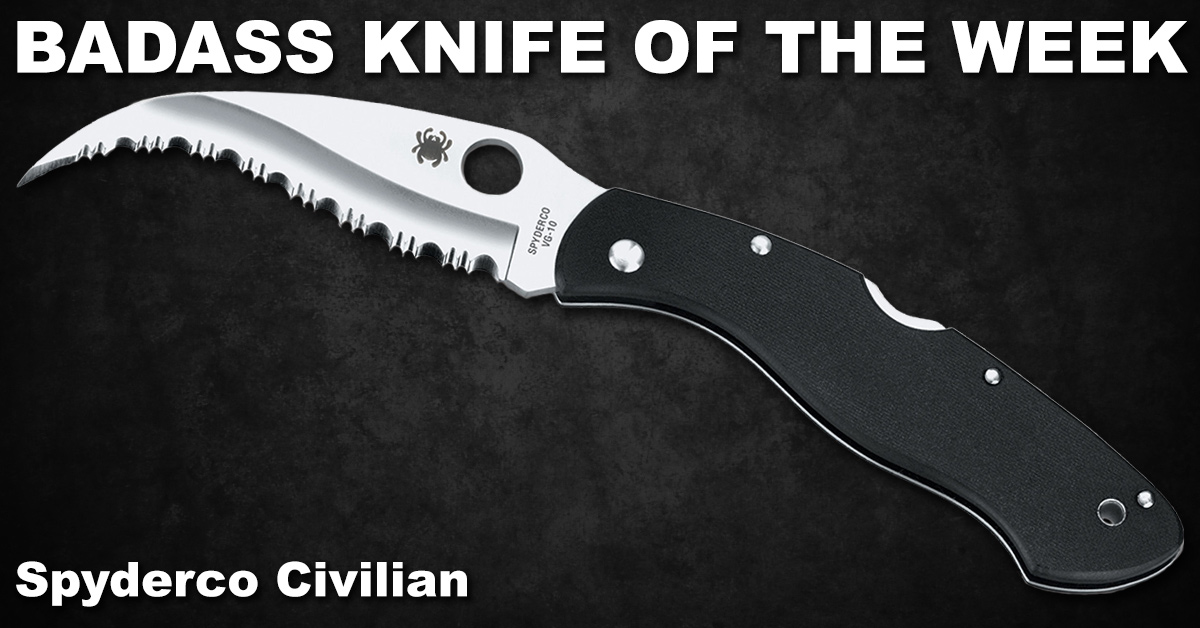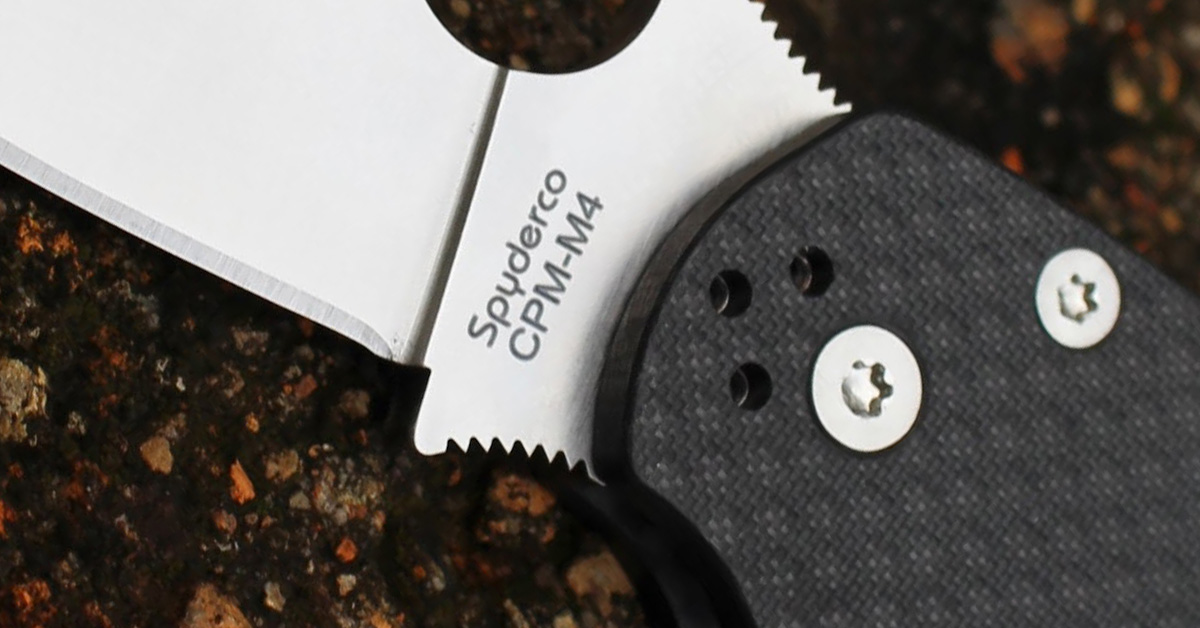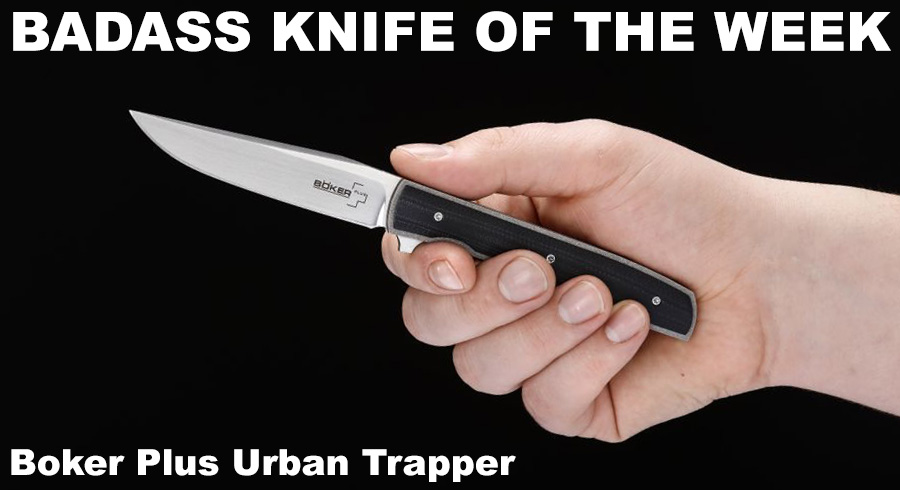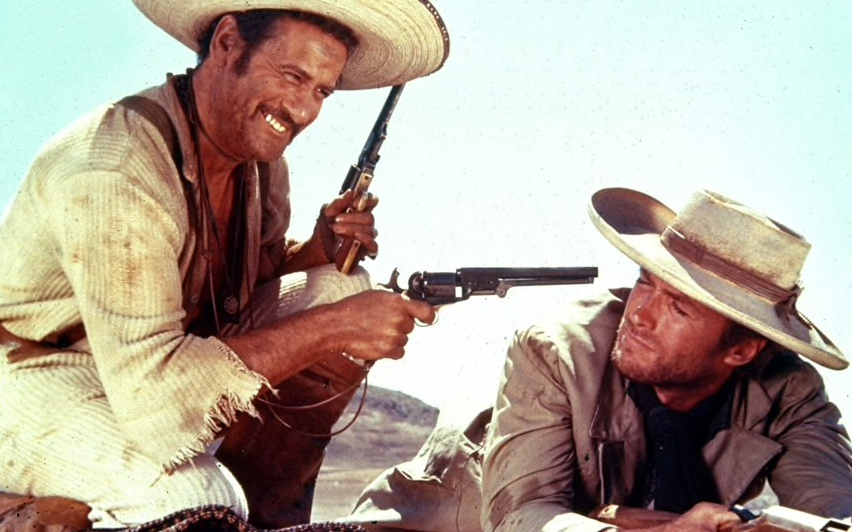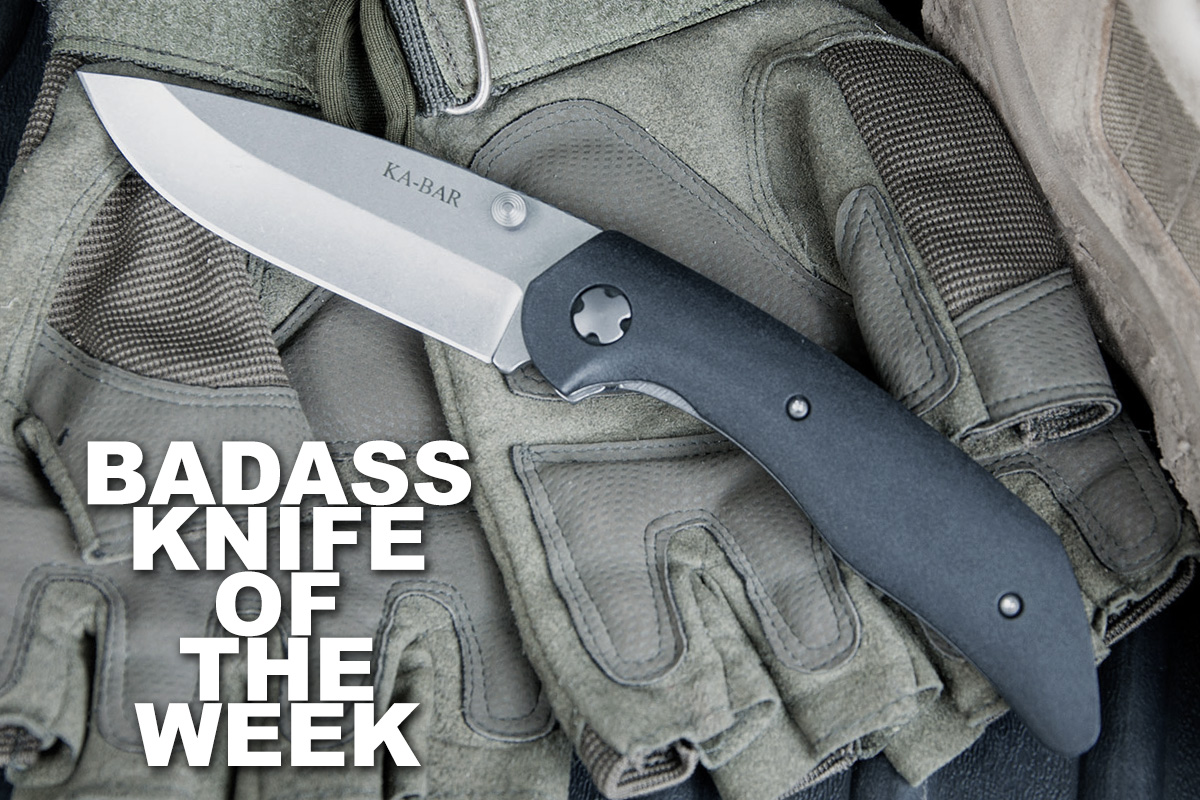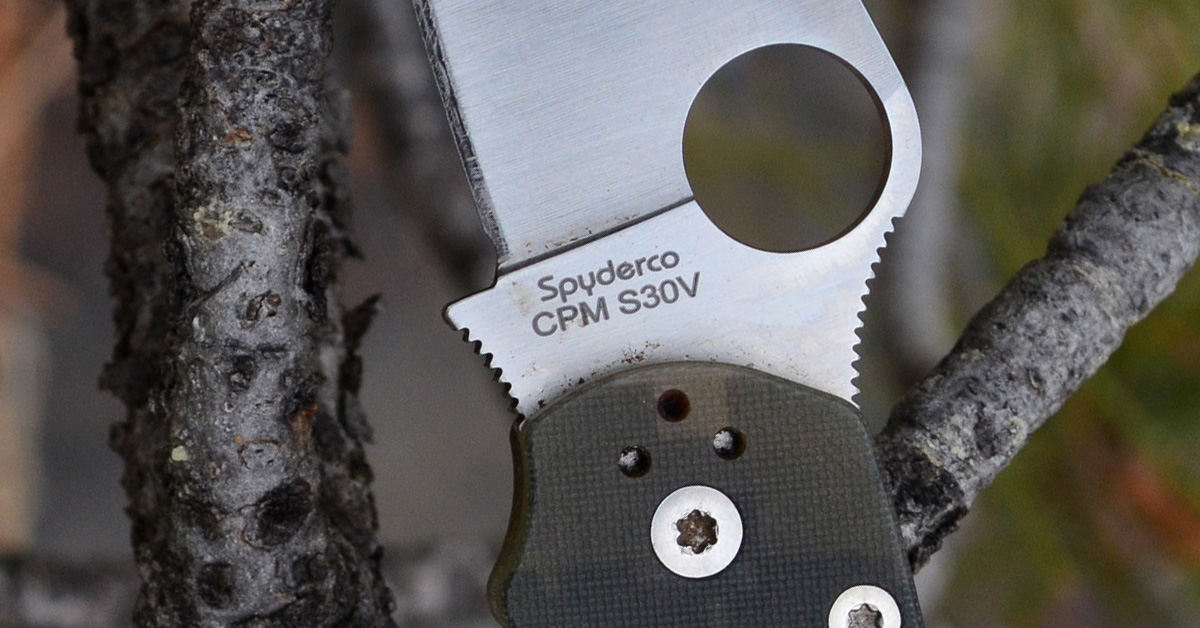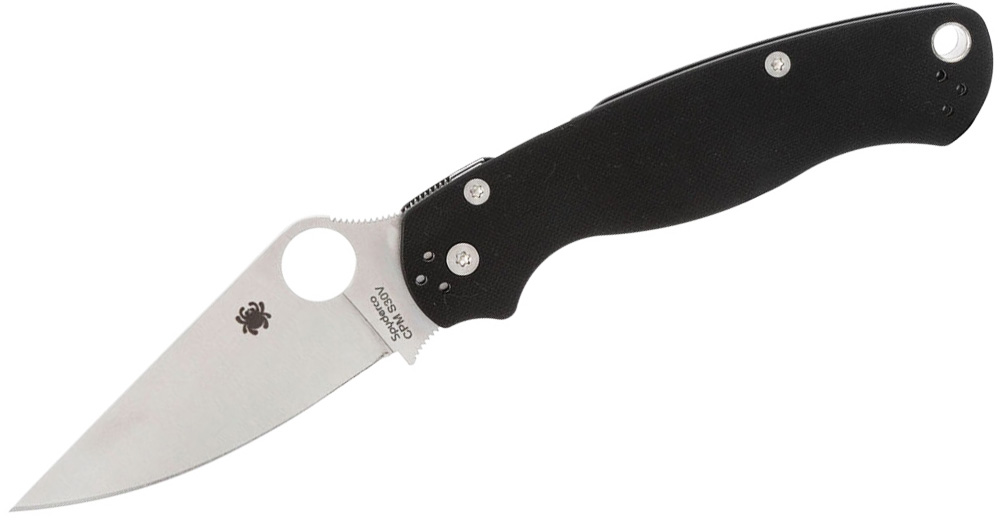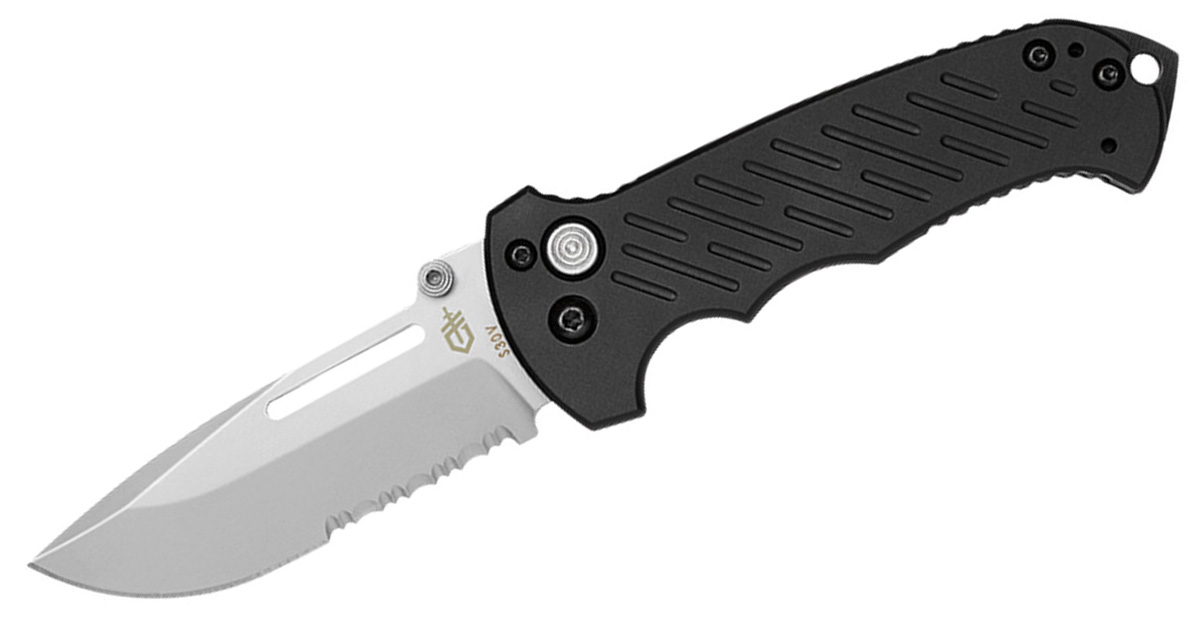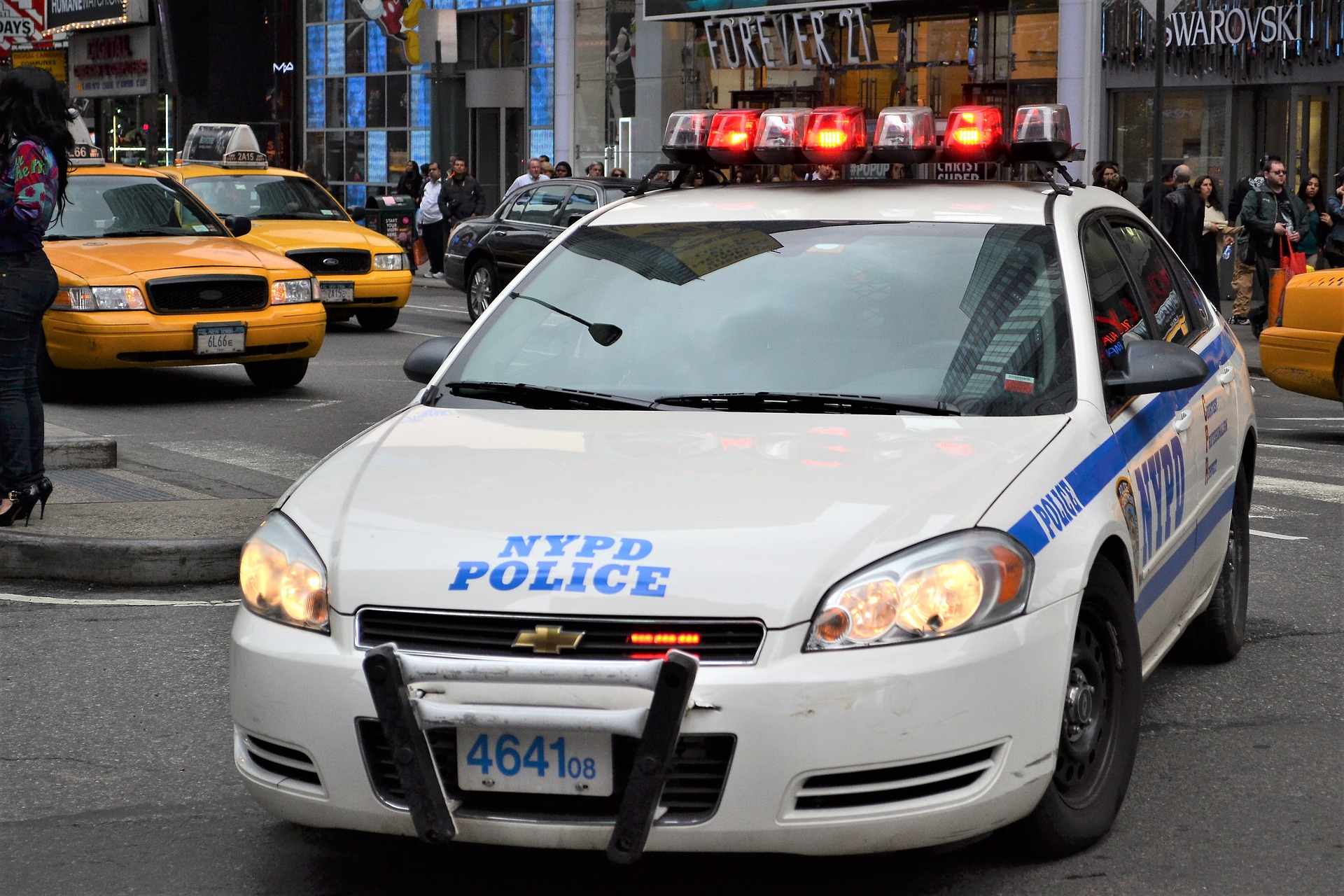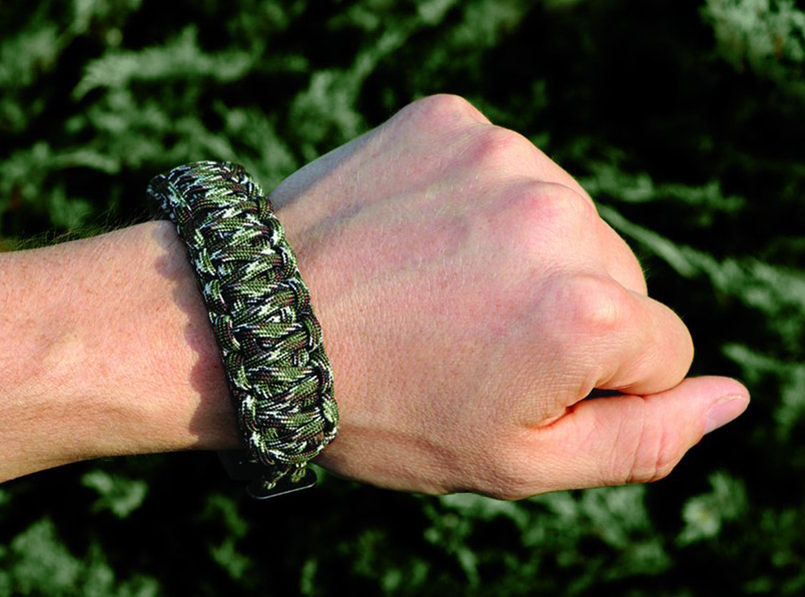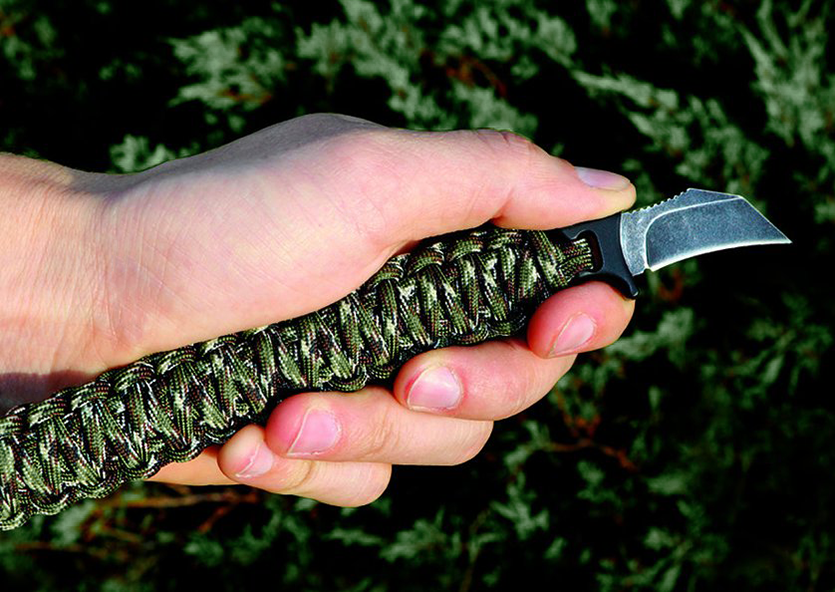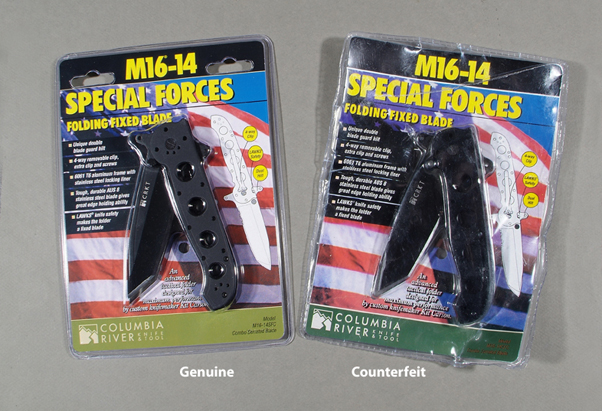
This week is International Fraud Awareness Week.
The global effort to raise awareness and minimize the incidence of fraud is wide reaching. Although you may not think fraud affects you so much, fraud reaches every facet of society — whether it’s fraudulent products, fraudulent charities, and those scams we see peppered in every comments section.
While many think knives are safe from fraud, there’s a huge industry of fraud surrounding knives, and it’s important to be aware.
We’ve written about how to spot counterfeits before in an old post, but I thought we’d update with some additional information and tips.
Signs of a Counterfeit Knife
Let’s take a look at a few telltale signs that you may have bought a counterfeit knife. One of these alone isn’t necessarily evidence but can be an indication.
Sign #1: Deals that are too good to be true.
People always mention this as a surefire sign of a counterfeit knife — which is a knife with all the branding of an original but from a different source. If a deal is too good to be true, it probably is.
It may be tempting to see a $150 knife sold for $50 and think, that’s a deal I can’t pass up! Unfortunately, no one is going to sell a knife for that cheap if it’s the real deal.
When it gets harder is when people sell the $150 knife for $120. Although the discount isn’t as steep, it is a discount, especially if people claim it’s new or out of the box.
Sign #2: You bought from a disreputable vendor.
eBay
Don’t take this the wrong way, but eBay is a cesspool of criminals and con artists looking to make a quick buck off of you. While it’s possible to find good deals on eBay, the auction site has a poor reputation as a hotbed for counterfeits in the knife community.
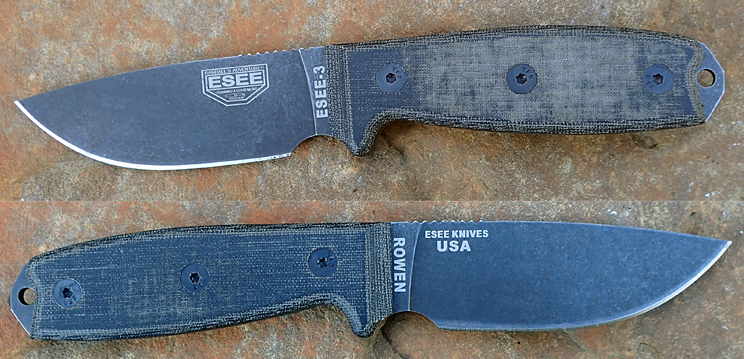
Well-done ESEE-3 fake
Even buying knives at or near the original price is not indication that it’s legitimate. Even seeing the images on the site may not be reliable, since they could have taken a picture of the real thing and then send the fake.
